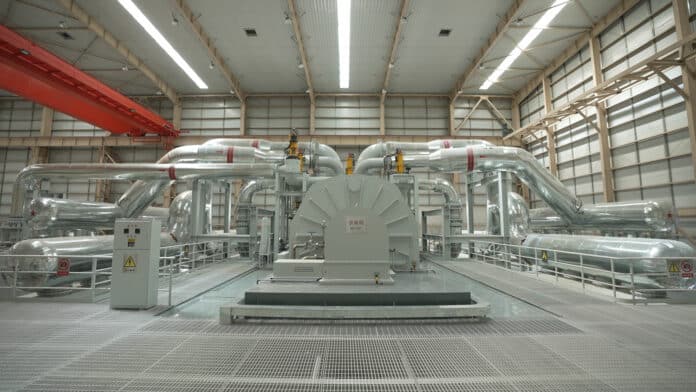The world need for electricity is increasing, and this makes it into energy solar ed wind increasingly essential (also considering the lower impact on the environment). As you know, the intermittent nature of clean energy sources compared to fossil fuels continues to represent a difficulty: this is why the need to store energy in electricity grids is becoming increasingly vital.
Among the storage systems, the main one is represented by batteries: problematic due to the current shortage of materials and supply chains. Just think of the lithium one (I talk about it here), marred by the geopolitical situation. China is thinking about diversifying its efforts in this direction, and has thought about… compressed air.
The world's largest compressed air energy storage system
Just last week, the world's largest compressed air energy storage system was connected to the Chinese power grid. It is located in the city of Dalian, and offers energy storage without the need for litigation and at relatively low cost.
The result required years of development by theChinese Academy of Sciences. Today, this first 100 MW plant is operational and will provide electricity to 40.000-60.000 households during peak consumption. The compressed air CAES power plant can generate more than 132 million kWh of electricity per year, reducing CO2 emissions by 109.000 tonnes per year.

How CAES works
A traditional compressed air energy storage system works when electricity demand is reduced: with renewables the air is compressed and stored in large storage caverns. At peak electricity demand, compressed air is released from storage caverns and drives turbines to produce power.
The advantages of DOGS: large storage capacity, low capital cost, long life, safety and environmentally friendly. It is recognized as one of the most promising technologies for large-scale energy storage. However, the application and promotion of the technology was conditional on the presence of large storage caverns.
China's 100 MW CAES project in Zhangjiakou uses an artificial air storage tank to improve energy storage density and reduce dependence on large storage caverns.
It's definitely something to keep an eye on.


